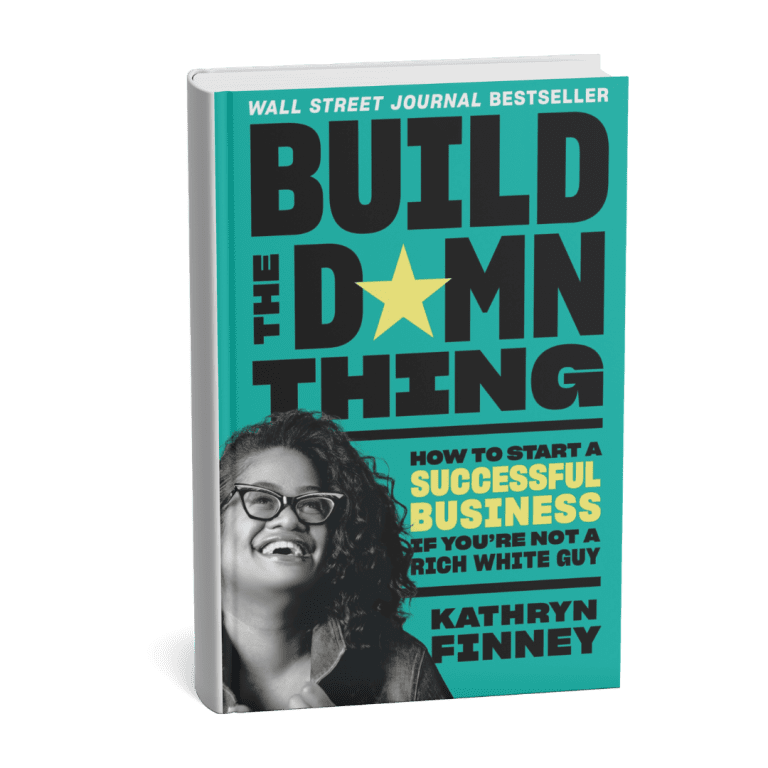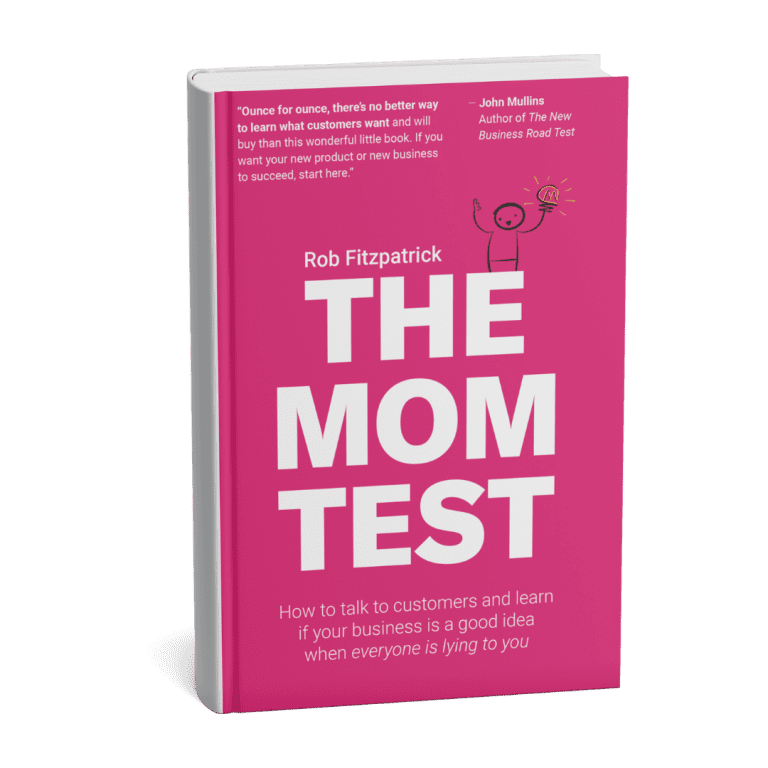The Startup Owner’s Manual by Steve Blank and Bob Dorf is a comprehensive, step-by-step guide designed to help entrepreneurs launch and scale a successful startup. The book introduces the Customer Development methodology, which emphasizes testing assumptions, gathering real-world feedback, and iterating quickly to build a sustainable business model.
Blank argues that startups are not smaller versions of big companies; instead, they are temporary organizations searching for a scalable and repeatable business model. Unlike traditional business planning, which relies on static business plans, successful startups focus on experimentation, adaptability, and customer validation.
One of the book’s key frameworks is the Customer Development Process, which consists of four stages:
- Customer Discovery – Testing and validating business assumptions with potential customers.
- Customer Validation – Refining the product-market fit and developing an early sales model.
- Customer Creation – Building a customer acquisition and marketing strategy.
- Company Building – Scaling operations and transitioning from a startup to an established company.
Another fundamental principle in the book is The Lean Startup methodology, which complements Customer Development. By developing a Minimum Viable Product (MVP) and testing it with real customers, startups can minimize risk and improve their offering based on actual market feedback.
The book also emphasizes Pivoting, which involves making strategic changes based on feedback and market conditions. Successful startups are those that remain flexible and can shift their approach when necessary, rather than stubbornly sticking to an ineffective strategy.
Additionally, The Startup Owner’s Manual underscores the importance of Innovation Accounting a system for measuring progress based on actionable metrics rather than vanity metrics. Startups should focus on real customer engagement, conversion rates, and product adoption rather than superficial indicators like social media followers or website visits.
The book also covers strategies for fundraising and investor relations, providing guidance on when and how to seek funding. Blank and Dorf advise entrepreneurs to validate their business model before raising large sums, ensuring that investment is used efficiently and strategically.
Ultimately, The Startup Owner’s Manual serves as a detailed playbook for entrepreneurs who want to navigate the uncertainties of building a new business. By following its structured methodology, startups can improve their chances of finding product-market fit and scaling successfully.












